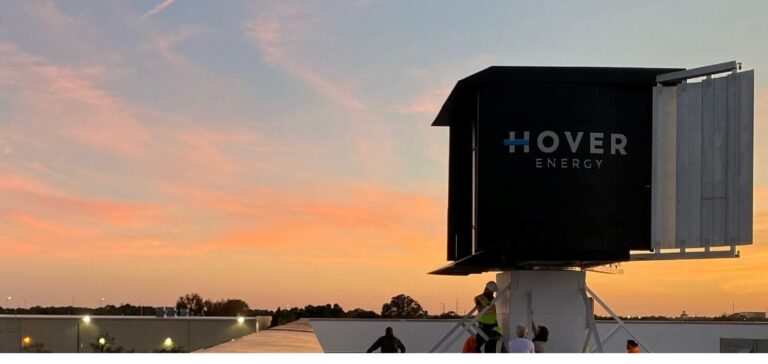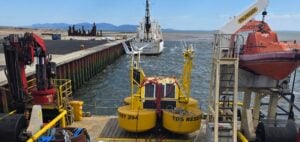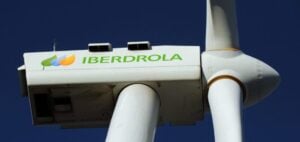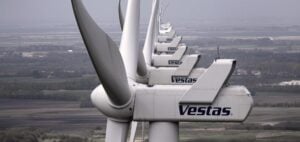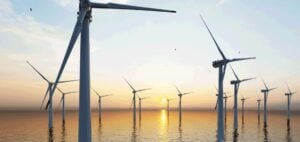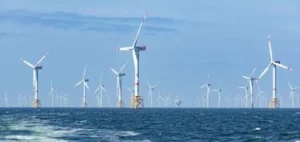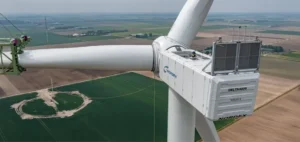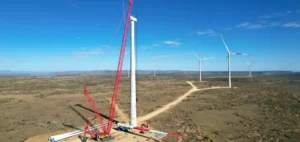Alternus Clean Energy and Hover Energy accelerate the implementation of wind microgrid solutions in Hawaii.
Just ten days after announcing their first joint project in Honolulu, the two partners have confirmed the signing of three new contracts.
These projects add 1 MW of installed capacity and are expected to generate around 1.3 GWh per year, meeting almost all the energy needs of the sites concerned.
Installations are scheduled for the fourth quarter of 2024, subject to the necessary approvals.
The microgrids, comprising wind generators and energy control systems, are part of a wider strategy to optimize Hawaii’s renewable resources.
This initiative takes advantage of the state’s favorable natural conditions and available tax incentives.
The creation of a joint venture between Alternus and Hover, in which Alternus will hold a 51% stake, should reinforce this momentum by consolidating future projects under a common entity.
A strategic market for renewable energies
Hawaii, with some of the highest electricity tariffs in the United States, is a strategic market for microgrid solutions.
The projects currently underway take full advantage of local conditions, including high exposure to wind and sun, to offer competitive energy alternatives.
The three new contracts are the latest in a series of larger projects aimed at creating a resilient microgrid network across the archipelago.
The planned joint venture between Alternus and Hover will also incorporate a 60 MW pipeline of projects currently in the development phase.
This pooled approach capitalizes on the respective expertise of the two companies, combining wind and solar technologies with financing tailored to the specific needs of the Hawaiian island market.
The growth prospects for these technologies are promising, in response to growing demand for sustainable energy solutions that are independent of traditional grids.


